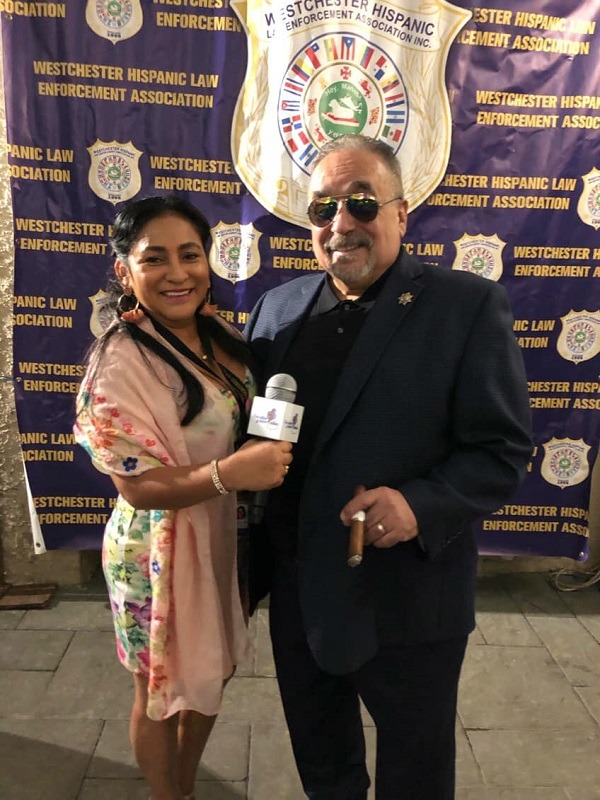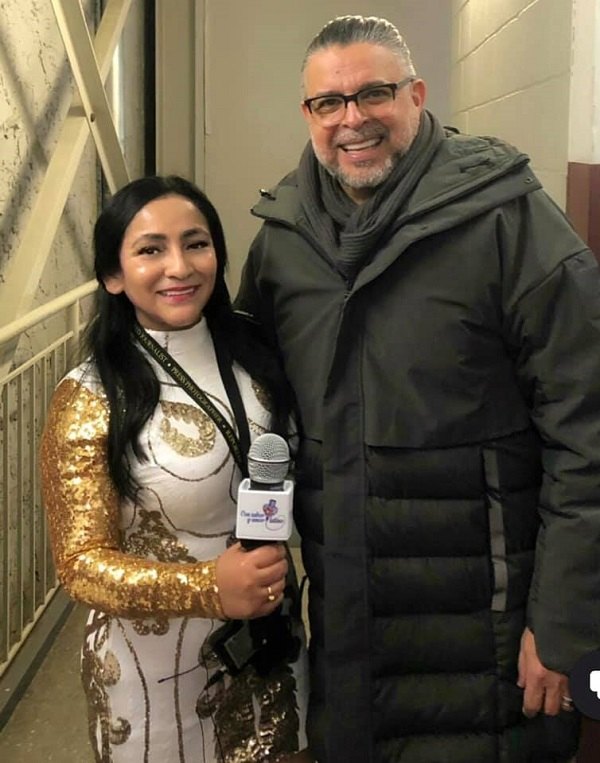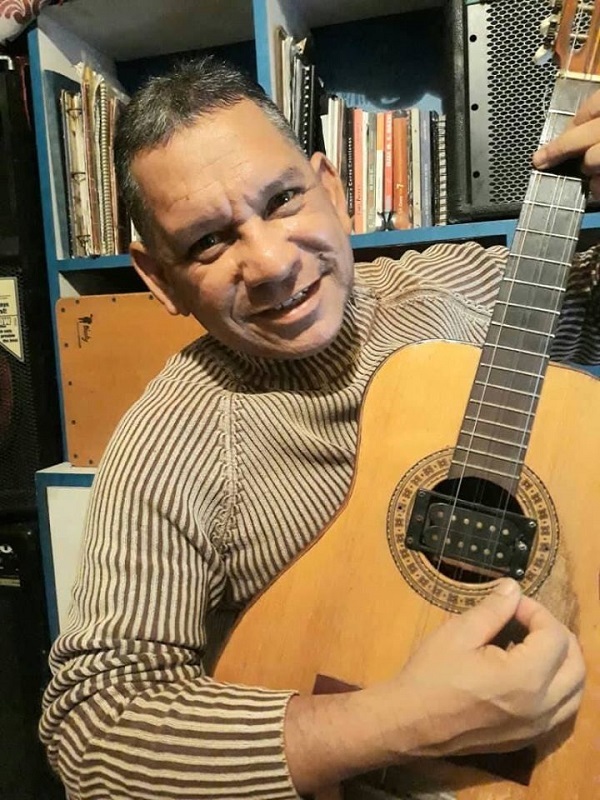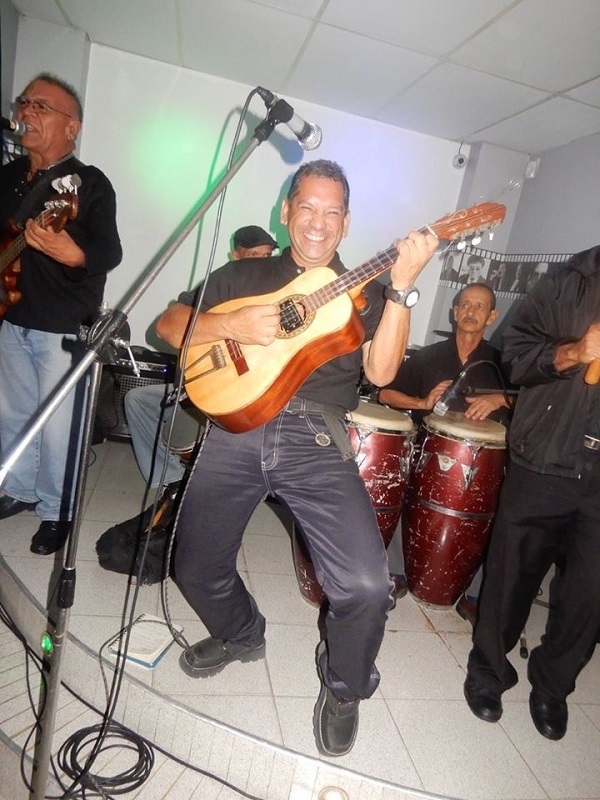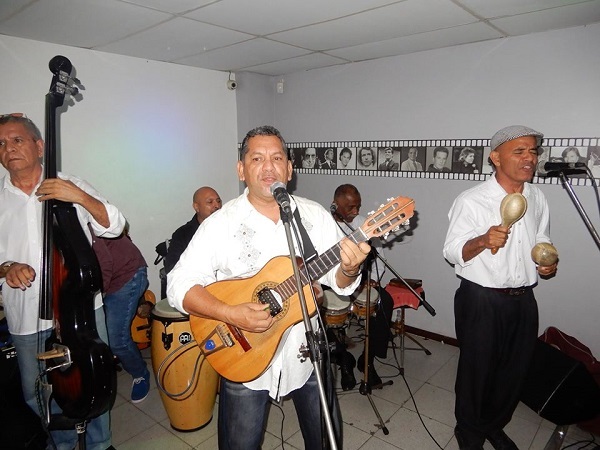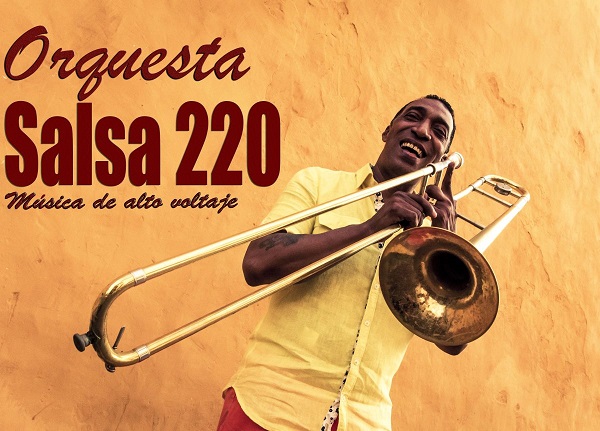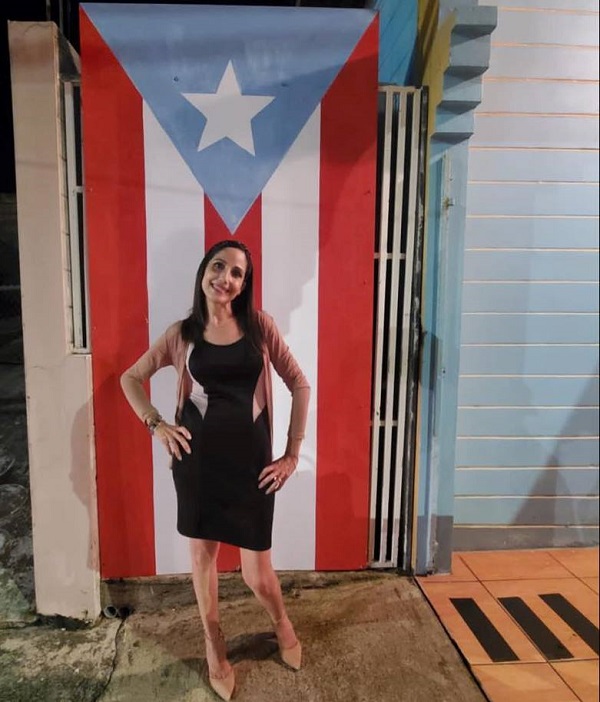One of Puerto Rico’s salsa anthems is, without a doubt, ‘Borinquen’. Below, Papo Lucca, leader of the famous salsa group, tells us why he included the Peruvian percussionist in that song.
Papo Lucca needed an expert percussionist in Puerto Rican dance for the song ‘Borinquen’, written by Johnny Ortiz, which he would include in the LP ‘Unchained Force’.
It was 1980 and in those days Carlos Peluzza Del Carpio, the versatile Peruvian musician, was in San Juan.
Papo did not hesitate to summon him. “He lived here in Puerto Rico for a long time,” the Sonora Ponceña leader tells us over the phone. “It’s just that in the Sonora I don’t have a redoblante.

And since Peluzza was here and shared his musical journeys with many artists from Puerto Rico, he did know those secrets of Puerto Rican dance. It was for that reason that I invited him to be on that recording, recalls Papo, 37 years later.
Wison Torres Jr. was in charge of finding the Peruvian musician, who incidentally was in charge of the arrangements of the song (together with Papo). Peluzza’ was only informed that he was needed in a recording room. When he arrived he saw the percussion ready, a bass and a piano.
A few minutes later Papo arrived, greeted him and the memorable session began. The percussionist remembers it as one of the most beautiful moments of his life. Borinquen’, in its 6.56 seconds, was a hit.
The vocals were provided by Yolandita Rivera, one of the greatest soneras ever born on the Island of Enchantment. The choruses were provided by Toñito Ledee, Miguelito Ortiz and Edwin ‘Caneca’ Rosas. Papo was satisfied. And Carlos ‘Peluzza’ treasures the story fondly.
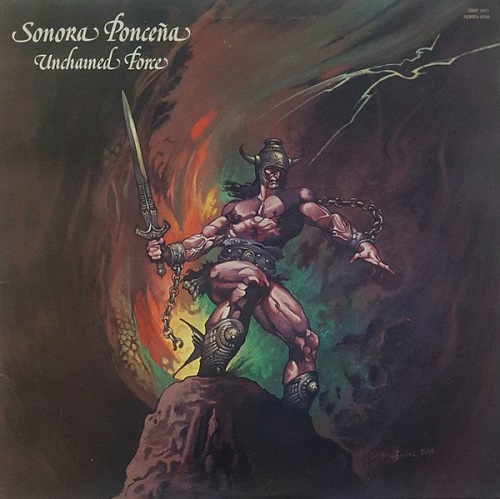
That is just one of the many anecdotes that the famous pianist has with Peruvians. He remembers that one day on television in his country a girl and her father were singing the song ‘Fina estampa’. He liked it.
That’s why, in 1979, in the album ‘La Ceiba’, in which Celia Cruz sings, he decided to include that famous waltz by Chabuca Granda. “From that moment on, I got to know other pieces of Peruvian Creole music,” he says.
Papo has visited Lima many times. He has already lost count. He has friendships. For example, he is a friend of Carlos Aparicio, the volleyball coach. He assures us that once they even participated in a game of Alianza Lima’s girls. In addition, he reminds us that Edwin Caneca Rosas is also a referee of that sport. So everything was conspiring.
It is a June morning in La Perla, Callao, and the conversation continues under the gaze of Juan Núñez, a Peruvian singer who a few weeks ago was in Ponce, Puerto Rico, fulfilling a dream: rehearsing with the Sonora Ponceña. Papo is generous with Juan, highlights his singing qualities and underlines the friendship that has grown between them.

Precisely, we took the opportunity to ask him about the orchestra’s recent hit entitled ‘Canción a mis amigos’. This salsa was born after the terrible natural disasters that Peru and Colombia faced at the beginning of this year with the El Niño Costero phenomenon.
The composition is by Francisco Alvarado, who wrote it in two days. The voices were provided by Jorge Nicolai and Darvel García. What happened to you identified us a lot,” says Papo.
The musician adds that he felt that La Ponceña should make itself felt with a song of solidarity. Now it is time for it to be played on Lima’s radio stations. Will it become popular?
The twenty minutes of chatting come to an end and Papo has many topics left in the pipeline. He is very grateful and Juan Núñez tells us that behind his solemn appearance there is a human being who enjoys, who is passionate about music and who is always observing how to amalgamate sonorities. La Sonora Ponceña is still going strong and hopefully soon we will be able to see it unload in Lima.
We need to chant ‘Canción a mis amigos’. And that Carlos Peluzza, in one of those, returns to redoblar in ‘Borinquen’. Also that Yolandita Rivera sings? Hopefully.
Sources:
Martín Gómez V.
Papo Lucca
